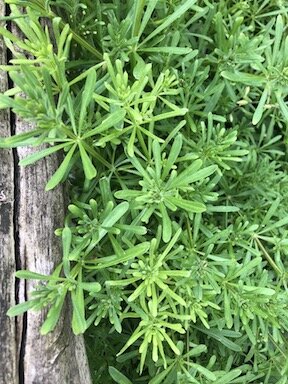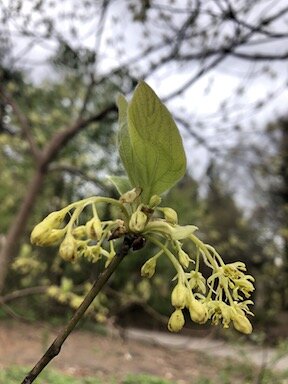(Plus, a Recipe for Love Tea)
Image: Kranich17
Loooving you,
Is easy ‘cuz you’re beautiful…
You, yes, you. I’m talking to you!
I dare you to gaze at yourself in the mirror and sing this song.
Not feeling it?
(I feel for you!)
How ‘bout some help from a few friends first?
They’re totally legal (aw, no fun!) and yet they are potent mind- and heart-altering friends.
Ready to meet them?
I’m talkin’ ‘bout herbs.
Herbs to enhance love… for you.
And for others, if you so choose.
Recipe for LOVE, herbal blend
What you’ll need, dried herb, in parts by weight:
1 part Rose (Rosa species) petals
1 part Agrimony (Agrimonia species)
1/2 part Rose hips (Rosa species)
1/2 part Hawthorn (Crataegus species) berries
(technically not a berry, but a pome, like an apple; aka, haw)
1/2 part Damiana (Turnera diffusa syn. aphrodisiaca) leaves
1/4 part Ginger (Zingiber officinale) rhizome
Be sure to acquire organically grown or ethically wildcrafted ingredients, please. For the love of you, and our Great Mama.
Weight out your dried herbs and mix well in a bowl by hand. Keep the blend stored in an air-tight glass container out of the sunlight.
Add 1 to 2 tablespoons of herbal blend per cup of boiling water, or 1/2 to 3/4 cup to 1 quart of boiling water. Cover and let steep for at least 20 minutes.
Strain and sip. Add honey to sweeten if you like (I do!).
You can also use this blend as a bath tea. Oh so good for the skin, the aura, the heart!
Simply strain a bigger batch (like a quart-sized one) directly into a tub of hot water and get in. Feel free to sing to yourself in there (I do!).
If you want to get more intimate with herbal allies – what I call having a Slo-mance with herbs – study them one at a time in my new course, INFUSE.
Love the plants to love yourself!
Healing plants are great teachers and great mirrors for us. They open us up, expand our awareness of the world, while also healing our hearts, minds, bodies, and spirits. Simply sitting with them has great healing power.
Steep yourself in the Magic & Medicine of the healing plant allies in INFUSE, a monthly immersion to deepen your relationship with these Wild Wise Green Ones.


















